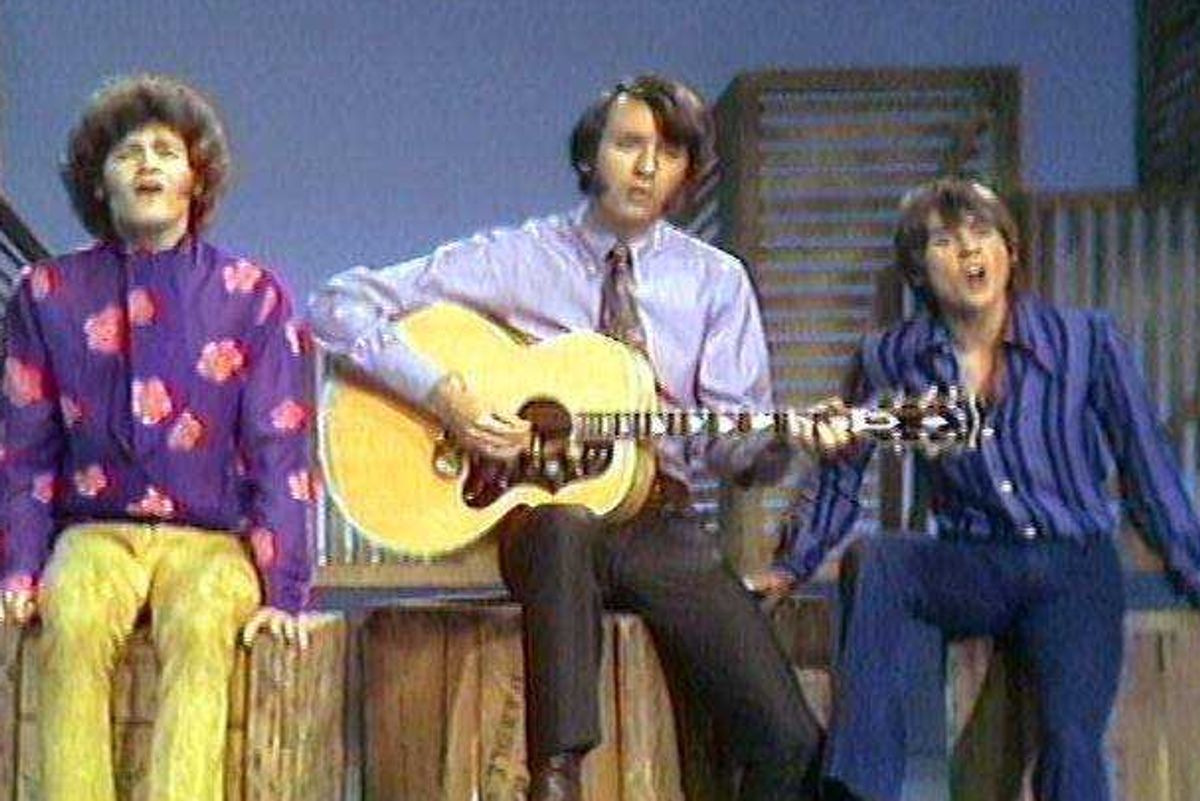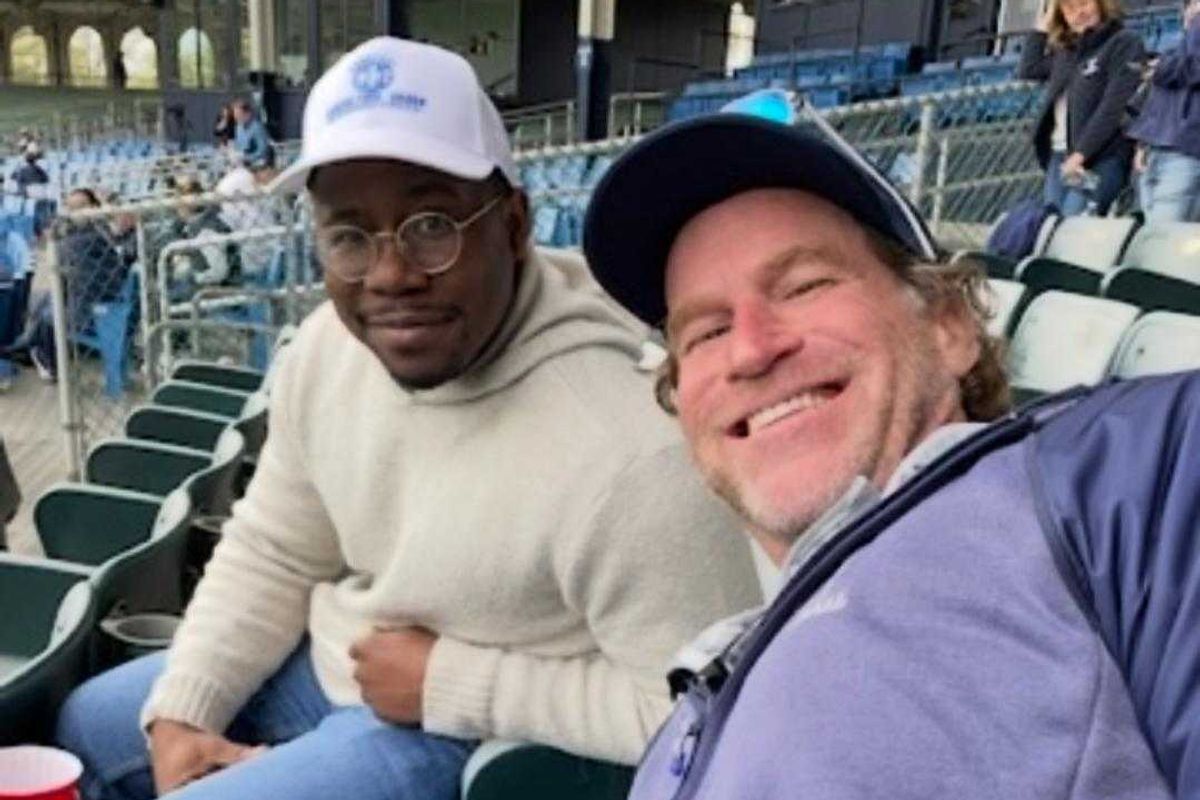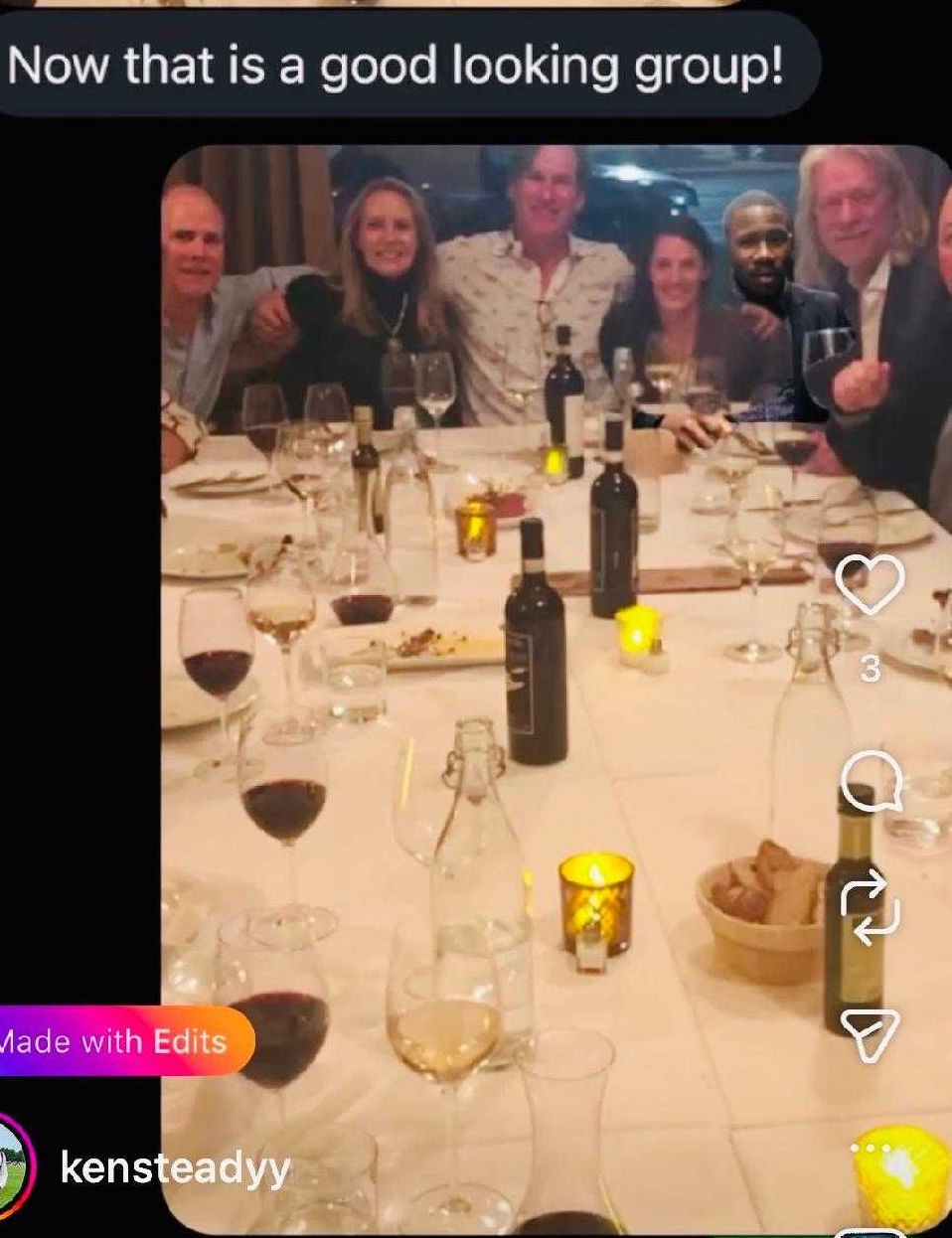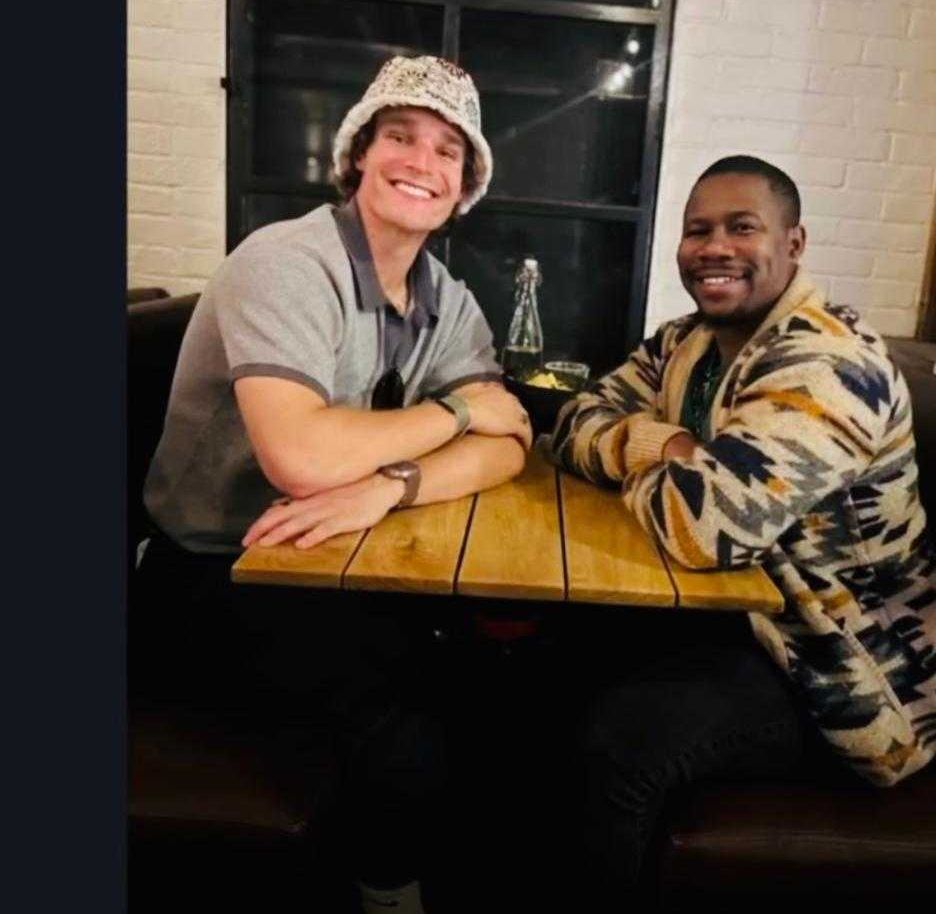The real-life love story of Maria and Georg Von Trapp we didn't see in 'The Sound of Music'
"I really and truly was not in love."

Maria Von Trapp was not in love with Georg when they got married, but that changed.
The Sound of Music has been beloved for generations, partially for the music (and Julie Andrews' angelic voice), partially for the historical storyline, and partially for the love story between Maria and Georg Von Trapp. The idea of a nun-in-training softening the heart of a curmudgeonly widower, falling in love with him, and ultimately becoming a big, happy family is just an irresistible love story.
But it turns out the real love story behind their union is even more fascinating.

The National Archives has collected information about what's fact and what's fiction in The Sound of Music, which is based on a real family in Austria named Von Trapp. The film was generally based on the first section of Maria Von Trapp's 1949 autobiography, The Story of the Trapp Family Singers, with some of the details being true and others fictionalized for a movie audience.
For instance, Maria was actually hired on as a tutor for just one of Georg's children, not as a governess for all of them. The children, whose names, ages and sexes were changed, were already musically inclined before Maria arrived. Georg was not the cold, grumpy dad he was portrayed as in the beginning of the film, but rather a warm and involved parent who enjoyed making music with his kids. Maria and Georg were married 11 years before leaving Austria, not right before the Nazi takeover. The Von Trapps left by train, not in a secret excursion over the mountains.
But perhaps the most intriguing detail? Maria was not in love with Georg at all when they got married.

It doesn't initially make for a great Hollywood romance, but the Von Trapp love story began with marriage for other reasons and evolved into a genuine love story. Maria wrote that she fell in love with Georg's children at first sight, but she wasn't sure about leaving her religious calling when Georg asked her to marry him. The nuns urged her to do God's will and marry him, but for Maria it was all about the children, not him. When Georg proposed, he asked her to stay with him and become a second mother to his children. "God must have made him word it that way," Maria wrote, "because if he had only asked me to marry him I might not have said yes."
"I really and truly was not in love," she wrote. "I liked him but didn't love him. However, I loved the children, so in a way I really married the children."
However, she shared that her feelings for Georg changed over time. "…[B]y and by I learned to love him more than I have ever loved before or after."
- YouTube www.youtube.com
The idea of marrying someone you don't love is antithetical to every romantic notion our society celebrates, yet the evolution of Maria's love for Georg has been a common occurrence across many cultures throughout history. Romantic love was not always the primary impetus for marriage. It was more often an economic proposition and communal arrangement that united families and peoples, formed the basis of alliances, and enabled individuals to rise through social ranks. Some cultures still practice arranged marriage, which limited research has found has outcomes identical to love-first marriage in reports of passionate love, companionate love, satisfaction, and commitment. The idea of marrying someone you don't already love is anathema to modern Western sensibilities, but the reality is that people have married over the centuries for many reasons, only one of which is falling in love.
Maria's marriage to Georg actually was about falling in love, but not with him. She loved his children and wanted to be with them. It definitely helped that she liked the guy, but she wasn't swept off her feet by him, there were no moonlit confessions of love a la "Something Good," and their happily ever after love story didn't come until much later.
- YouTube www.youtube.com
Ultimately, Maria and Georg's love story was one for the ages, just not one that fits the Hollywood film trope. And it's a compelling reminder that our unwritten rules and social norms determining what love and marriage should look like aren't set in stone. Do marriages for reasons other than love always evolve into genuine love? No. Do marriages based on falling in love first always last? Also no. Should a marriage that starts with "like" and develops into to a genuine, deep love over years be considered "true love" in the way we usually think of it? Who can say? Lots to ponder over in this love story.
But Maria's description of learning "to love him more than I have ever loved before or after" is a pretty high bar, so clearly it worked for them. The Von Trapps were married for 20 years and had three more children together before Georg died of lung cancer in 1947. Maria would live another four decades and never remarried. She died in 1987 at age 82 and is buried next to Georg on the family's property in Vermont.
This article originally appeared in June.



 In a 4-day model, kids often (but not always) receive less instructional time. Photo by
In a 4-day model, kids often (but not always) receive less instructional time. Photo by 
 Xennial woman with her Boomer
Xennial woman with her Boomer  A Xennial son spends time with his Baby Boomer parent.
A Xennial son spends time with his Baby Boomer parent. A Xennial son goofs around with his Baby Boomer dad.
A Xennial son goofs around with his Baby Boomer dad.

 A modern bathroom. Photo by
A modern bathroom. Photo by 
 Kendrick Constant photoshops himself into a group photo. Photo Credit: Kendrick Constant
Kendrick Constant photoshops himself into a group photo. Photo Credit: Kendrick Constant Kendrick Constant has dinner with his friend Beck.Photo Credit: Kendrick Constant
Kendrick Constant has dinner with his friend Beck.Photo Credit: Kendrick Constant